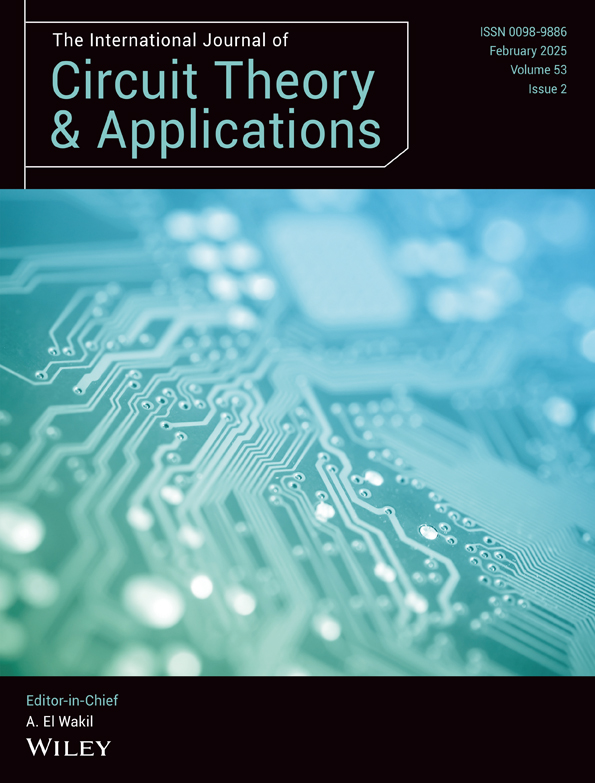A CV-type WPT system based on CLC-N compensation with compact receiver
Abstract
The demand for wireless power transfer (WPT) systems that can maintain a constant voltage (CV) output characteristic is gradually increasing in some practical application areas of WPT, such as industrial power supplies. However, existing CV-type systems are often limited by the parameter design of the loosely coupled transformer (LCT), and the configuration of the receiver side is not compact enough. Therefore, this paper proposes a strongly coupled system with a CV output function composed of capacitor-inductor-capacitor-none (CLC-N) topology. The system's transmitter uses a CLC compensation, while the receiver conforms to a minimalist design without the need for compensation components such as capacitors and inductors. The initial segment of the paper pertains to the discussion of the conditions required to satisfy both the zero-phase-angle (ZPA) and CV output functionality of the suggested system. Subsequently, an in-depth approach to parameter design is outlined, accentuating that the output voltage remains unrestricted by the LCT's parameters. Additionally, this paper examines the realization of zero-voltage switching (ZVS) within the suggested system as well as the influence that variations in compensation components have on the CV output function. To underscore the benefits of the suggested CV-type WPT system that employs CLC-N compensation, the paper presents a comparison with a range of other CV-type WPT systems. Ultimately, an experimental prototype is fabricated to test the theoretical framework, and the results from these experiments confirm the feasibility of the suggested CV-type WPT system based on CLC-N compensation.
Open Research
DATA AVAILABILITY STATEMENT
The data that support the findings of this study are available from the corresponding author upon reasonable request.




